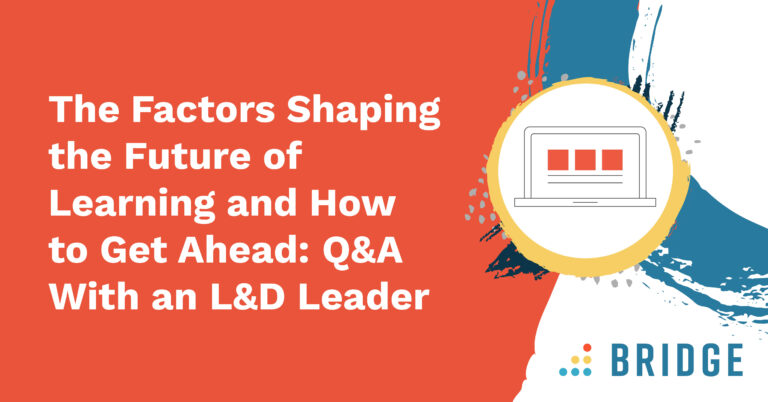We’ve asked it before: does your organization have an engagement problem? We’re not goading you. But given that 85% of the global workforce isn’t engaged in their work, it’s a pretty important issue to face head-on.
Employee Engagement Matters
Employee engagement drives profitability, efficiency, and productivity. Engaged employees are the drivers of business performance. The most highly contributing individuals are engaged ones.
From employee engagement stems customer satisfaction, high degrees of workplace motivation, high degrees of talent retention, as well as better staff morale and workplace culture. It affects the organization in so many different ways that it really isn’t optional.
What Does an Engaged Employee Look Like?
This is the fundamental question. There isn’t one simple route that will reveal to you whether your employees are genuinely engaged. While tools such as employee engagement surveys are both essential and invaluable, they need to be used within a wider context of knowing how to identify the engaged (and the disengaged) employee.
You need to know how to identify an engaged employee, and how to gauge employee engagement.
How to Spot an Engaged Employee
We’ll come onto the tools of the trade, A.K.A. employee engagement surveys next, but these are no use to you if you don’t know what you’re looking for.
An engaged employee is fundamentally driven to contribute, actively, to the achievement of organizational goals and objectives. They are motivated and in tune with those objectives, seeing them as aligned with their own. As such, they are focused performers with a wide range of skills in their arsenal from being a supportive and effective communicator to being an insightful decision-maker.
So, how do you develop and interpret engagement surveys that tease this out?
Gauging Employee Engagement Strategically
It’s important to approach employee engagement surveys strategically. You need to know why you’re asking what you are, who you’re asking (and why), and what you’re going to do with that information.
This actually means your starting point should be the end-point. Having gathered information, who is going to have responsibility for action? That should be managers.
Next, consider these aspects:
- What is the outcome of high level of engagement?
What do you expect to see as evidence of highly engaged employees e.g. would they recommend this place of work? Do they intend to stay and for how long? Ask employees to rate their perception of these factors.
- Do you know what makes your employees more engaged?
You need to ask them. It will be a combination of factors that vary. You need to know what these are. For example, how important is value and recognition to them, versus leadership or pay? Find out which factors are most important for your organization.
- How do you listen to employees?
You can’t gauge engagement if you don’t ask. How do you ask? Who do you ask? When do you ask? You’ll only gain meaning if you regularly and completely take the pulse of your whole organization from every angle (e.g. 360-degree feedback) and measure it over time.
- Quantitative v qualitative insights
It’s very easy to reduce employee engagement down to quantitative metrics. It’s how we make fast sense of data. However, it’s the qualitative insights, particularly with regard to the individual, that will actually help to make improvements in engagement going forwards.
It’s Worth It
It’s absolutely worth gauging employee engagement. It builds trust and reveals hidden truths. It shines a spotlight on organizational weaknesses from within and helps to actually drive engagement itself.
We’re not pretending it’s easy. That’s why you need the right tools, such as Bridge employee engagement surveys, to make it as simple as it can be. You need quality, and you need the functionality, all tied into a powerful engagement strategy.
Is now a good time to invest in employee engagement? Absolutely – find out why.



